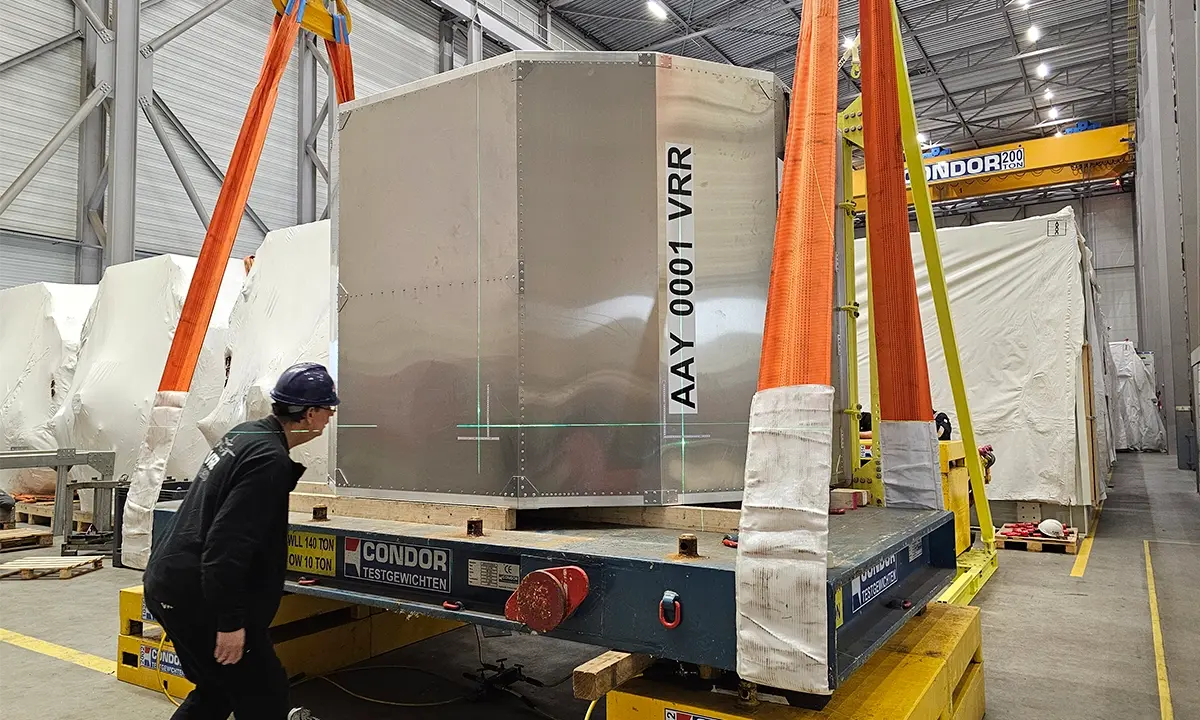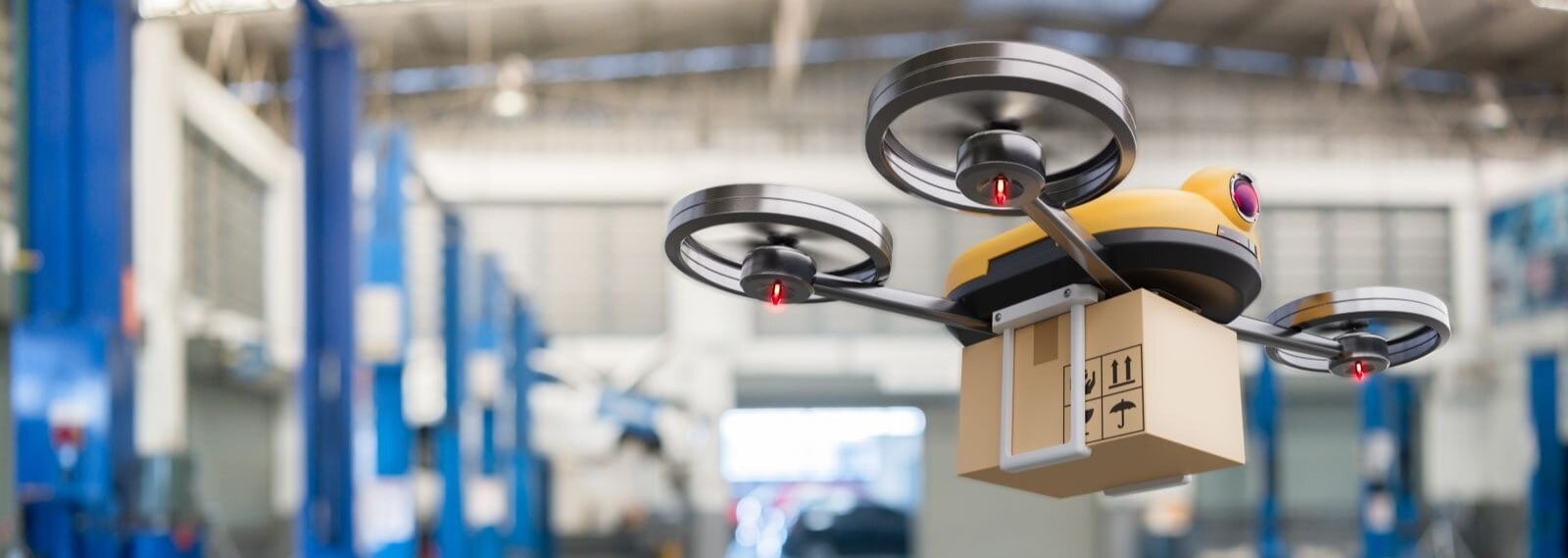When it comes to greenhouse gas emissions, the aviation industry is seen by many as a major culprit. But is it as bad as some think? And is it doing anything to reduce its carbon footprint?
Let’s look at a few facts & figures about CO2 emissions in aviation and then at what’s being done to decarbonise the aviation industry from six different perspectives.
How much CO2 does the aviation industry produce?
Facts & figures
Transporting passengers and cargo by plane has been an environmental concern for decades. Today, air transport accounts for 2% of all global man-made CO2 emissions and 12% of CO2 emissions from all transport sources. Not good, but considerably less than the 74% generated by road transport.
Things have to change, but in a way that won’t destroy jobs and economies. The aviation industry employs 10.2 million people directly and supports over 65 million jobs in aviation and related tourism worldwide. Stopping or reducing flights drastically in a short space of time is not a realistic option.
But with passenger numbers predicted to double to 8.2 billion annually by 2037, the industry’s contribution to CO2 emissions is likely to grow significantly if left unchecked.
United Nations perspective
The Paris Agreement
In 2015 the Paris Agreement was signed by the United Nations. It’s an ambitious agreement that brings together many nations from around the world to fight a common cause: climate change. Entered into force in 2016, the agreement is reviewed globally every five years to assess the collective progress.
The Paris Agreement doesn’t specifically reference aviation emissions; it’s difficult to assign aviation targets to any one country. However, to reach the agreement’s main goal of limiting the global temperature rise to 1.5 degrees Celsius this century, the aviation industry agreed to take steps to mitigate emissions, starting with a complete rethink about policies and measures.
CORSIA
One clear result of this rethink is the Carbon Offsetting and Reduction Scheme for International Aviation, otherwise known as CORSIA. Formulated in 2016 by the International Civil Aviation Organization (ICAO), this global scheme is designed to keep aviation CO2 emissions to 2020 levels by requiring airlines to offset any additional growth of their emissions.
The ICAO is a UN specialised agency that helps to drive through consensus-driven international standards and policies among its 193 Member States, so CORSIA carries some weight behind it. Airlines of Member States are now required to:
- monitor emissions on all international routes
- offset emissions from routes included in the scheme
The scheme estimates that around 80% of the emissions above 2020 levels will be offset between 2021 and 2035. Why not 100%? Participation is initially voluntary for Member States, and there are a few exemptions for those with low aviation activity. However, around 69 countries, including all EU members, are joining the scheme’s pilot phase (2021 to 2023). The rest will join them afterwards during the first and second phases.
Aviation industry perspective
IATA’s four-pillar strategy
Back in 2009, several years before the Paris Agreement was signed, a four-pillar strategy to address climate change was introduced by the world's airlines trade association IATA. This strategy requires all members to work together to:
- develop aviation technology, including the use of low-carbon fuels
- make aircraft operations more efficient
- improve infrastructure, including modernising air traffic management systems
- adopt a single, global carbon offsetting and reduction scheme
IATA’s three targets
The aim of the four-pillar strategy is threefold:
- to improve fuel efficiency by 1.5% every year until 2020
- put a cap on net aviation CO2 emissions from 2020
- reduce net aviation CO2 emissions by 50% by 2050 (compared with 2005 levels)
While these targets do not intend to stop or heavily reduce flying, they do want to make flying sustainable and at the same time protect people, jobs and economies around the world. CORSIA (see above) helps implement the second and third targets.
“Some say that the answer to climate change is to stop or heavily reduce flying. That would have grave consequences for people, jobs, and economies the world over. It would be a step backward to an isolated society that is smaller, poorer and constrained. I say, let’s work together to make flying sustainable. CO2 is the problem. We can and are doing something meaningful to reduce it.” Alexandre de Juniac, IATA Director General and CEO
Country perspective
Net-zero-emissions
What are individual countries doing to decarbonise the aviation industry? It's a complicated picture. Currently, only five countries (France, Denmark, New Zealand, Sweden and the UK) have a net-zero emissions target in national law. However, more than 120 nations (including the entire European Union) have signalled their intention to set a net-zero target, either in law or as policy.
Of course, there’s a whole bunch of environmental areas in addition to aviation that countries need to tackle, such as phasing out coal plants, retrofitting buildings, shifting to electric cars and investing in clean energy. But reducing aviation industry’s carbon footprint is already being addressed by some countries.
EU Emissions Trading System
In 2012, the EU set up its EU emissions trading system (EU ETS). This requires all airlines operating in Europe to surrender allowances against their emissions. So far, the system has helped reduce emissions produced by the aviation sector by more than 17 million tonnes per year. And just this year, the UK aviation industry announced its aim to make carbon-free transatlantic flights possible within a generation.
"A net-zero target contains within it two related, but different responses to the problem of rising temperatures. The first is to stop releasing greenhouse gas emissions in the first place, by cutting emissions. The second is to remove CO2 from the atmosphere using negative emissions technologies. A net-zero target is met when these two balance – when residual emissions are offset by CO2 removals." Professor Duncan McLaren, Lancaster Environment Centre
Airline perspective
Fuel consumption
Individual airlines around the world are also taking action to diminish aviation’s carbon footprint by increasing fuel efficiency and reducing emissions. That includes replacing older planes with new, more efficient aircraft and making changes to their existing fleet to improve an aircraft’s aerodynamics.
The current generation of commercial airplanes, such as the wide-body Airbus A350 and the narrow-body Boeing 737 Max are up to 20% more fuel efficient than the planes they replaced. This reduces not only emissions per passenger per ride but also fuel costs. So, that’s a win for the environment and a win for the airline.
Helping drive these technological advances is the first global CO2 emissions standard for new aircraft. Adopted by the ICAO, it limits an aircraft’s CO2 emissions relative to its size and weight. The standard kicks in for new aircraft designs in 2020. Aircraft designs already in production have an extra three years, but if they don’t meet emissions standard by 2028, production must stop until the designs are modified.
Alternative fuels
Fuel consumption is one thing. The type of fuel used is another. Many airlines are looking at alternatives to petroleum-based jet fuel. Made from a range of sources, biofuels emit much less carbon compared to conventional jet fuel, and the technology already exists to produce them. In fact, Scandinavian Airlines aspires to power all its domestic flights with biofuel by 2030.
However, there are some huge obstacles to making biofuel commercially viable, not least limited availability and production capacity. Indeed, the UN’s Intergovernmental Panel on Climate Change (IPCC) issued a report in 2019 stating that bioenergy needs to be carefully managed to avoid risks to food security, biodiversity and land degradation. In short, there is still a long way to go before petroleum-based jet fuel can be completely replaced.
“Bioenergy crops should only be grown on land that has already been deforested and is marginal for other uses: not on agricultural soils and certainly not on land that is deforested for the purpose.” Professor John Shepherd, University of Southampton
Airport perspective
Inefficient airport terminals
Building more fuel efficient aircraft will certainly contribute enormously to the decarbonisation of the aviation industry. But did you know that much of the industry’s emissions are produced on the ground? According to Max Hirsh, professor at the University of Hong Kong and author of Airport Urbanism, building better airport terminals is also key to achieving sustainable aviation. Many airport operations are wasteful and inefficient, and the largest ones have the carbon footprint of a small city.
Building better airports
Here’s a summary of what airports can do to reduce their carbon footprint:
- turn terminals into multi-modal hubs (reducing demand for short-haul flights)
- upgrade inefficient buildings (many are old and poorly insulated)
- reduce plane taxiing time and circling in the air while waiting to land
- eliminate food waste and toxic waste
- deploy passive daylighting systems, natural ventilation and solar panels
- discourage passengers from parking at the airport
As Hirsh points out in his article ‘How Can We Decarbonize Airports?’, these changes will depend on a new airport business model, support of the public sector and private investors, and alternative revenue sources. Not easy, but not impossible either.
VRR perspective
Global imbalance of ULDs
As a manufacturer of innovative air cargo containers, and therefore a key player in the aviation industry, VRR is keen to play its part in the decarbonisation of aviation. Focusing on the global imbalance in Unit Load Devices is one way to do this.
The global imbalance, caused by the differences in the supply and demand of containers, is a real problem for ULD fleet managers. Until now, their only option for dealing with their empty containers is to either store them in one country, where they are unproductive, or pay good money to ship them back to where they’re needed.
Innovative ULDs
Another way to help reduce the industry's carbon footprint is to improve ULDs themselves. VRR’s range of “Collapsible air cargo containers” ULDs give fleet managers a sustainable alternative. These smaller, foldable containers carry the same volume of cargo but take up to seven times less space in an aircraft’s hold or in a warehouse. This means fewer flights are necessary to return empty ULDs. Fewer flights equals less fuel consumption and lower emissions.
VRR also focuses on maximising the available space of an aircraft’s hold, which helps to reduce the number of cargo flights. The range of “General air cargo containers” containers accommodate as much cargo as possible by offering more internal volume that standard containers. They’re also shaped to fit perfectly the upper or lower decks of aircraft, eliminating wasted space in the hold.
There’s a lot being done in the aviation industry to reduce greenhouse gas emissions, and at VRR, we work hard every day to improve our products and processes, and in doing so make our own contribution to those efforts.
Change this to the correct heading
If you’d like more information about our efficient or collapsible ULDs so that you can also help lower aviation’s carbon footprint, please contact one of our specialists.

.png)



.webp)